Obituary: Prince Philip, Duke of Edinburgh 1921-2021
The longest reigning consort in British history has died at the age of 99
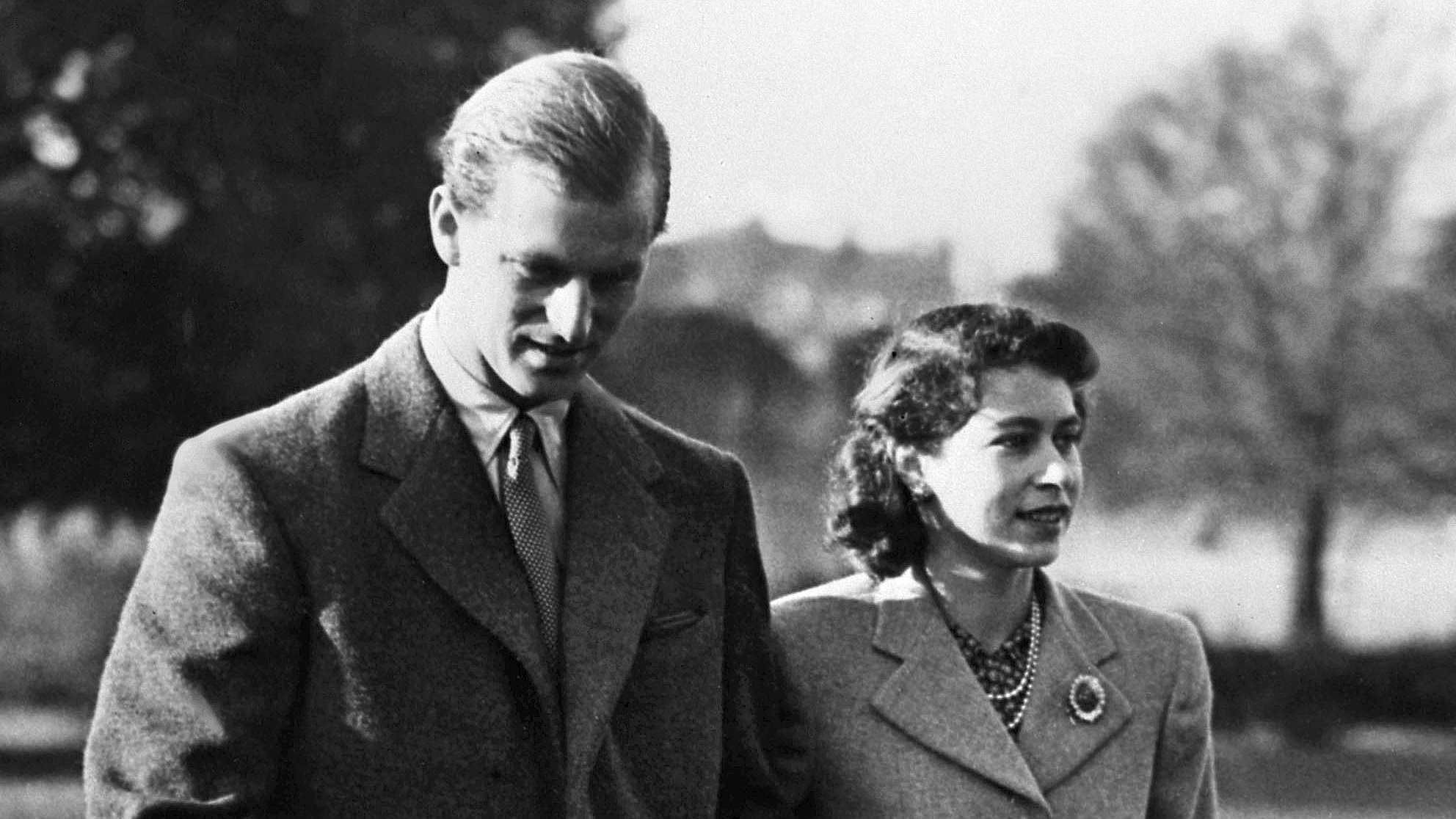
Prince Philip, the Queen’s husband and closest confidant for 73 years, has died today aged 99 at Windsor Castle.
Described by Queen Elizabeth II in her golden wedding speech as “my strength and stay all these years”, the Duke of Edinburgh retired from public duties in August 2017, having completed 22,219 solo engagements since 1952.
A fixture of the Royal Family
The Week
Escape your echo chamber. Get the facts behind the news, plus analysis from multiple perspectives.

Sign up for The Week's Free Newsletters
From our morning news briefing to a weekly Good News Newsletter, get the best of The Week delivered directly to your inbox.
From our morning news briefing to a weekly Good News Newsletter, get the best of The Week delivered directly to your inbox.
At Queen Elizabeth’s coronation in 1953, Prince Philip was the first to swear allegiance to her, vowing that he would be her “liege man of life and limb”.
In 1961, Prince Philip became the first member of the Royal Family to be interviewed on television when he appeared on an episode of the BBC’s Panorama.
Viewed as a modernising influence in Buckingham Palace, the Duke was the first royal to insist that royalty and staff no longer had their meals cooked in separate kitchens, according to his biographer Brian Hoey. He also persuaded the Royal Family to take part in a BBC documentary about their day-to-day life, in 1969, however the Queen was so dissatisfied with the result that it was pulled from air in 1972 and has not been broadcast since.
Throughout the 1960s he turned his attention to the natural world. A passionate conservationist, he served as the first UK president of the World Wildlife Fund, and was its international president for 15 years. He was an early adopter of electric cars and has championed many other causes as patron of 800 organisations.
A free daily email with the biggest news stories of the day – and the best features from TheWeek.com
While it was the Queen who made decisions of state, it was her husband who often took charge on family matters. Philip advised his son Prince Charles to marry Lady Diana Spencer and, as his son’s marriage became strained, tried to initiate a reconciliation between his son and daughter-in-law, writing to Diana and hosting a meeting.
He was also described as a “protective grandfather”, shielding Prince William and Prince Harry following the death of their mother in 1997. Prince Philip and the Queen were criticised for not appearing in public, however, William and Harry have since noted that this provided them with the privacy to begin to process the news of their mother’s death. At Diana’s funeral, it was the Duke of Edinburgh who encouraged the boys to walk alongside their mother’s coffin.
As well as being a popular member of the Royal Family in Britain, Philip also had his admirers from further afield. The Prince Philip Movement, a belief that the Queen’s consort is a divine being, is popular among the Yaohnanen, a tribe from Tanna in Vanuatu, off the coast of Australia.
After learning of his followers, Prince Philip sent them a signed photo of himself and in 1974 visited the island. In return, the Yaohnanen sent him a traditional pig-killing club.
Early life
Prince Philip of Greece and Denmark was born in Mon Repos on the Greek island of Corfu on 10 June 1921. While he was still an infant, his family was deposed and he lived in France and finally went to boarding school in Gordonstoun, Scotland.
After being educated in France, Germany and the United Kingdom, he joined the Royal Navy in 1939, aged 18.
As a member of the navy, he served in the British forces during the Second World War, fighting against two of his brothers-in-law who fought for the Germans. At 21 he became one of the youngest first lieutenants in the Royal Navy, and during the invasion of Sicily, in July 1943, saved his ship from a night bomber attack by distracting the bombers with a raft of smoke floats.
In 1939, the 13-year-old Princess Elizabeth accompanied her parents to the Royal Naval College at Dartmouth, where 18-year-old Philip was a cadet, helping to entertain the royal party. According to the BBC, their love blossomed during the Second World War and in 1947 Philip asked King George VI for his eldest daughter’s hand in marriage.
Being foreign-born and without wealth, the future Duke of Edinburgh was seen as a controversial choice to join the Royal Family. But the King agreed and the couple wed at Westminster Abbey in November 1947, with 2,000 guests and 200 million people listening on the radio. The only controversy was that Philip’s sisters were forbidden to attend as they had married Germans with Nazi links.
Seventy eventful years later, in 2017, the Queen and the Duke celebrated their platinum wedding anniversary.
Later years
Famous for his sometimes awkward turn of phrase – which at times bordered on the unrepeatable – the Duke complained that “bits are beginning to drop off” as he approached his 90th birthday in 2011.
At the Queen’s Diamond Jubilee, in 2012, after standing by his wife through pouring rain, Prince Philip had to be hospitalised suddenly. The Queen faced the rest of the celebrations without him, and some began to suggest that the events were a symbol of what would lie ahead.
Philip continued to struggle with illness, and the following year was hospitalised for an abdomen operation. In 2014, he underwent surgery on his right hand, but it was not until 2017 that Philip officially retired from his royal duties. Despite this, he continued to make occasional appearances alongside the Queen.
As his health became worse, rumours swirled about his health and in 2019, the Duke was involved in a car accident when his Land Rover Freelander collided with a car on the Sandringham estate in Norfolk.
Further health issues meant Prince Philip spent several weeks in hospital earlier this year and underwent a heart procedure. He returned to Windsor Castle in mid-March. His death was announced on 9 April. He is survived by his wife, Queen Elizabeth II, his sons Prince Charles, Prince Andrew and Prince Edward, and his daughter Anne, Princess Royal.
He is the longest-serving royal consort in British history, carrying out more than 22,000 solo engagements and more than 630 solo overseas visits during his lifetime.
-
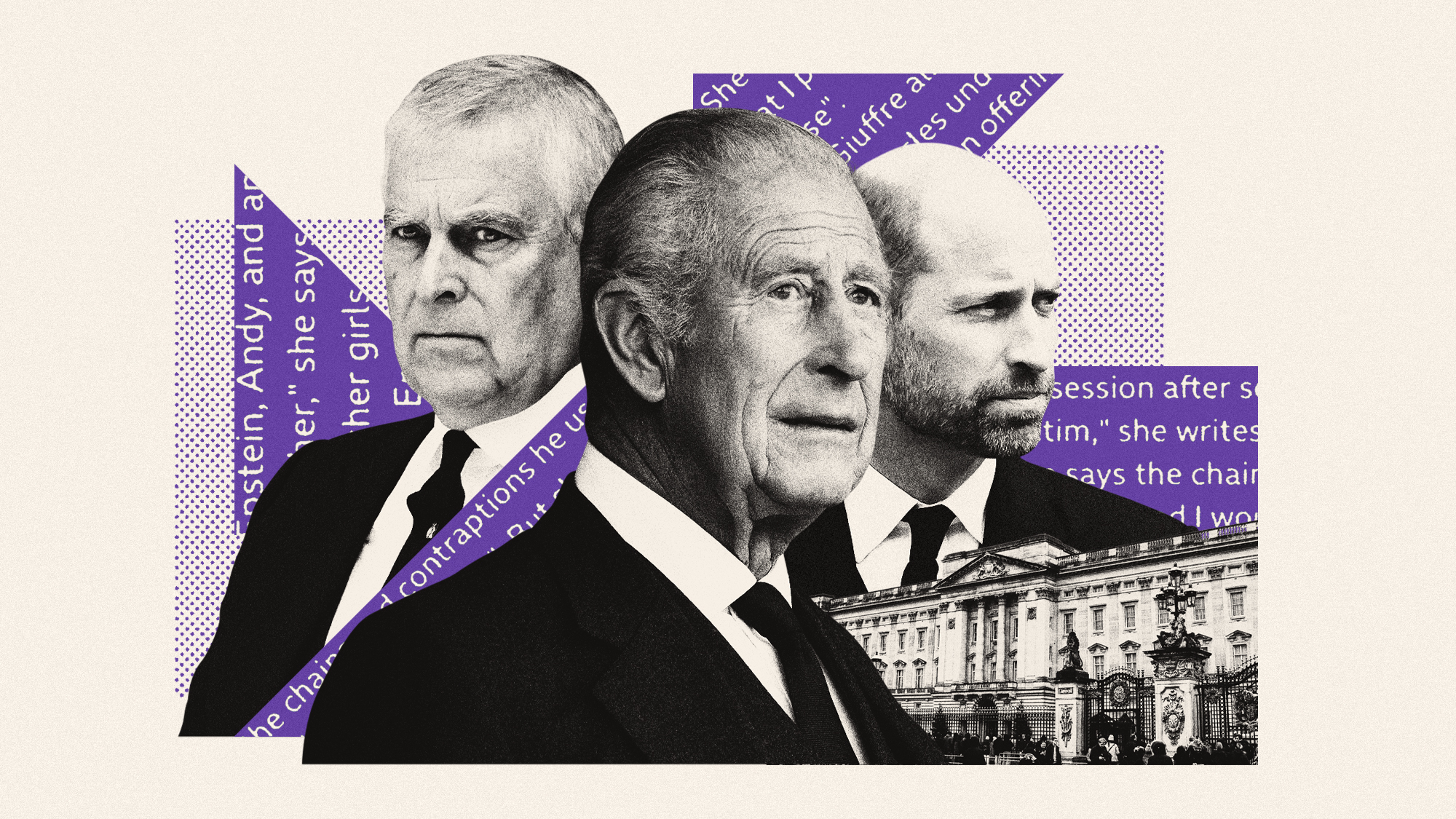 Prince Andrew: is the royal family doing enough?
Prince Andrew: is the royal family doing enough?Today’s Big Question King Charles faces calls for tougher action against Andrew after latest allegations about Virginia Giuffre and Jeffrey Epstein
-
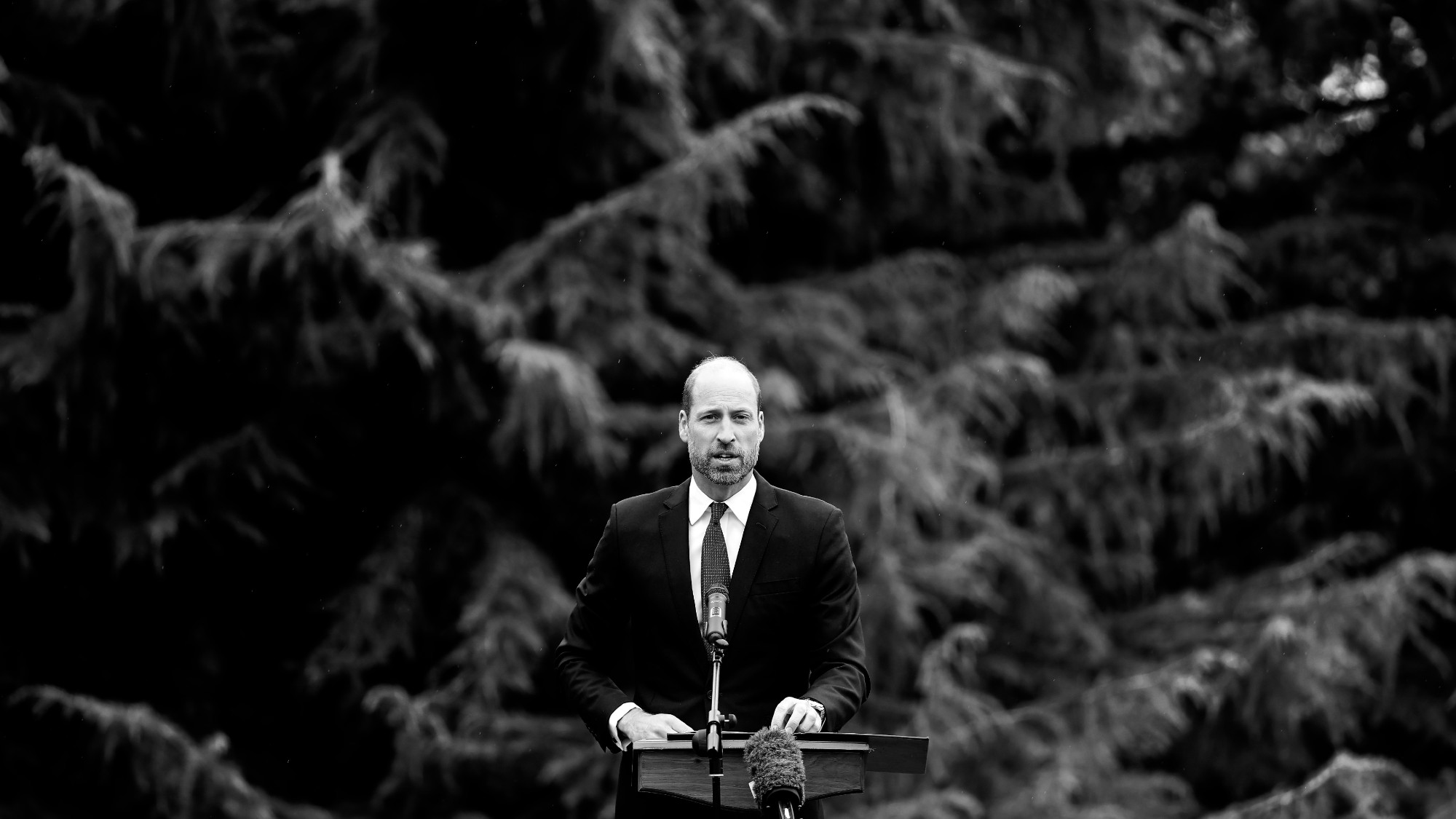 What will William be like as king?
What will William be like as king?Today's Big Question Prince of Wales said he won’t be ‘restricted’ by history when he takes the throne
-
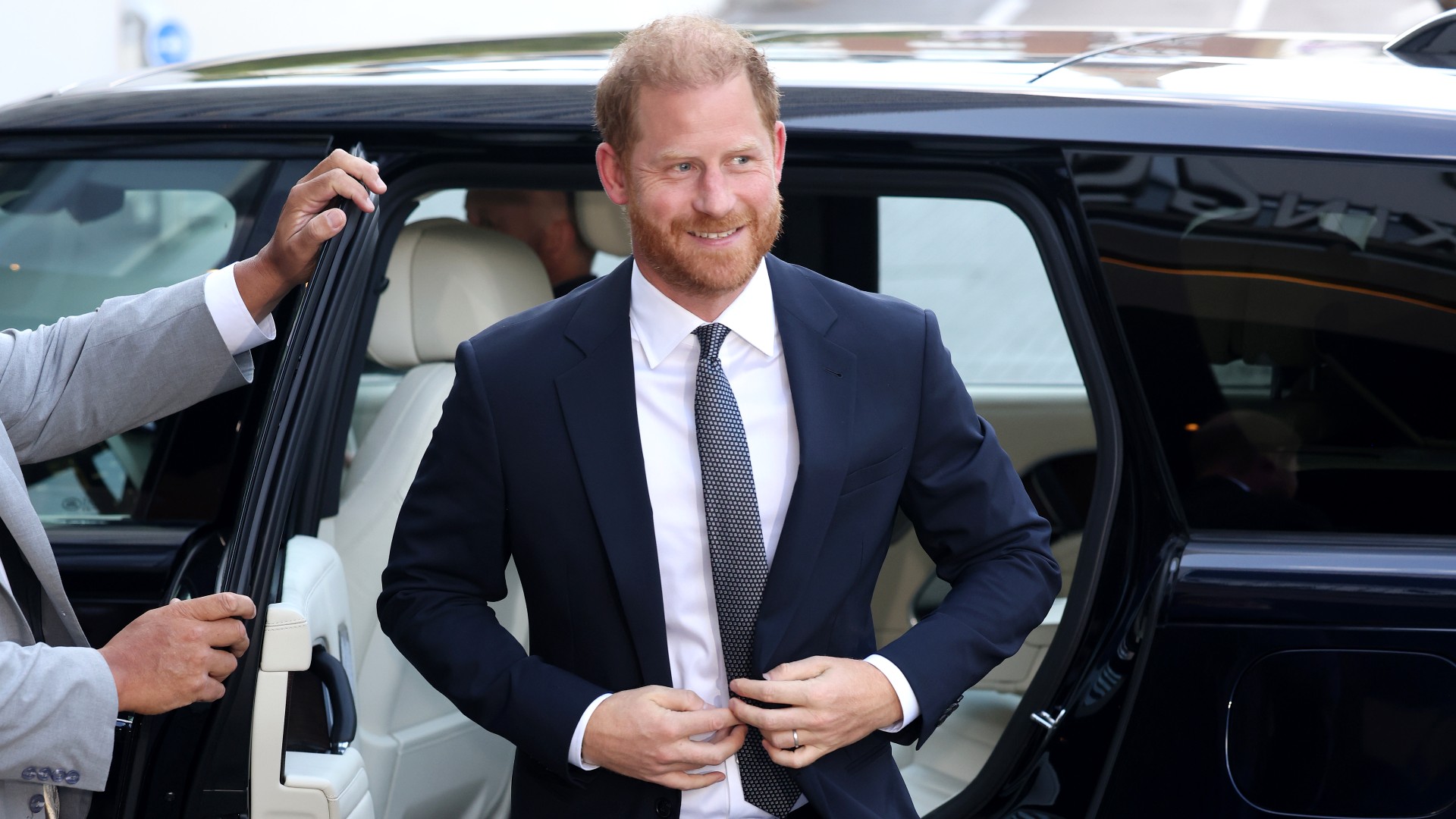 Prince charming: Harry’s tea with King sparks royal reconciliation rumours
Prince charming: Harry’s tea with King sparks royal reconciliation rumoursTalking Point Are the royals – and the UK public – ready to welcome the Duke of Sussex back in?
-
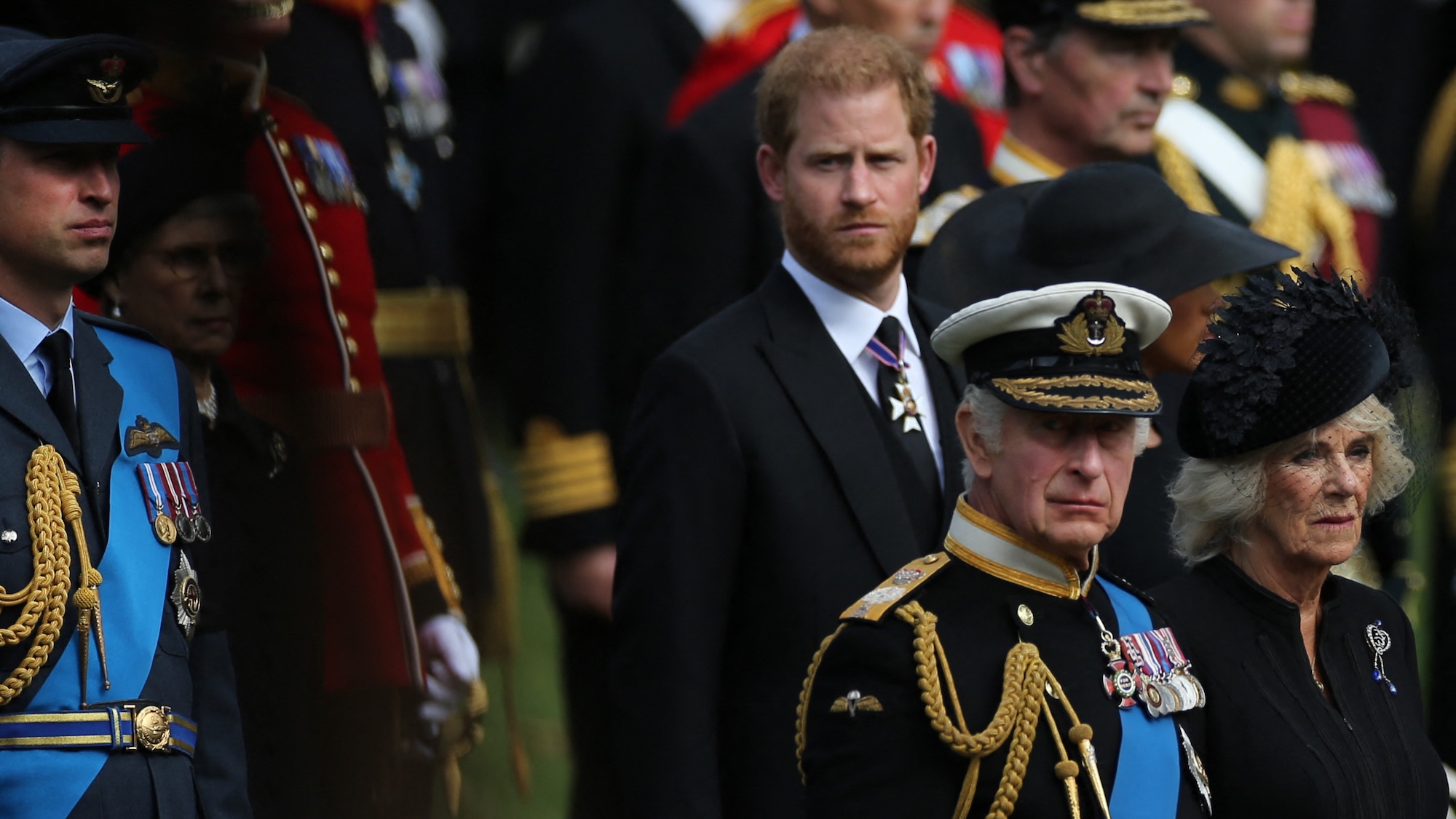 King Charles and Prince Harry: peace in our time?
King Charles and Prince Harry: peace in our time?Talking Point Leaked images of a secret meeting between royal aides suggest a dialogue is beginning to open up
-
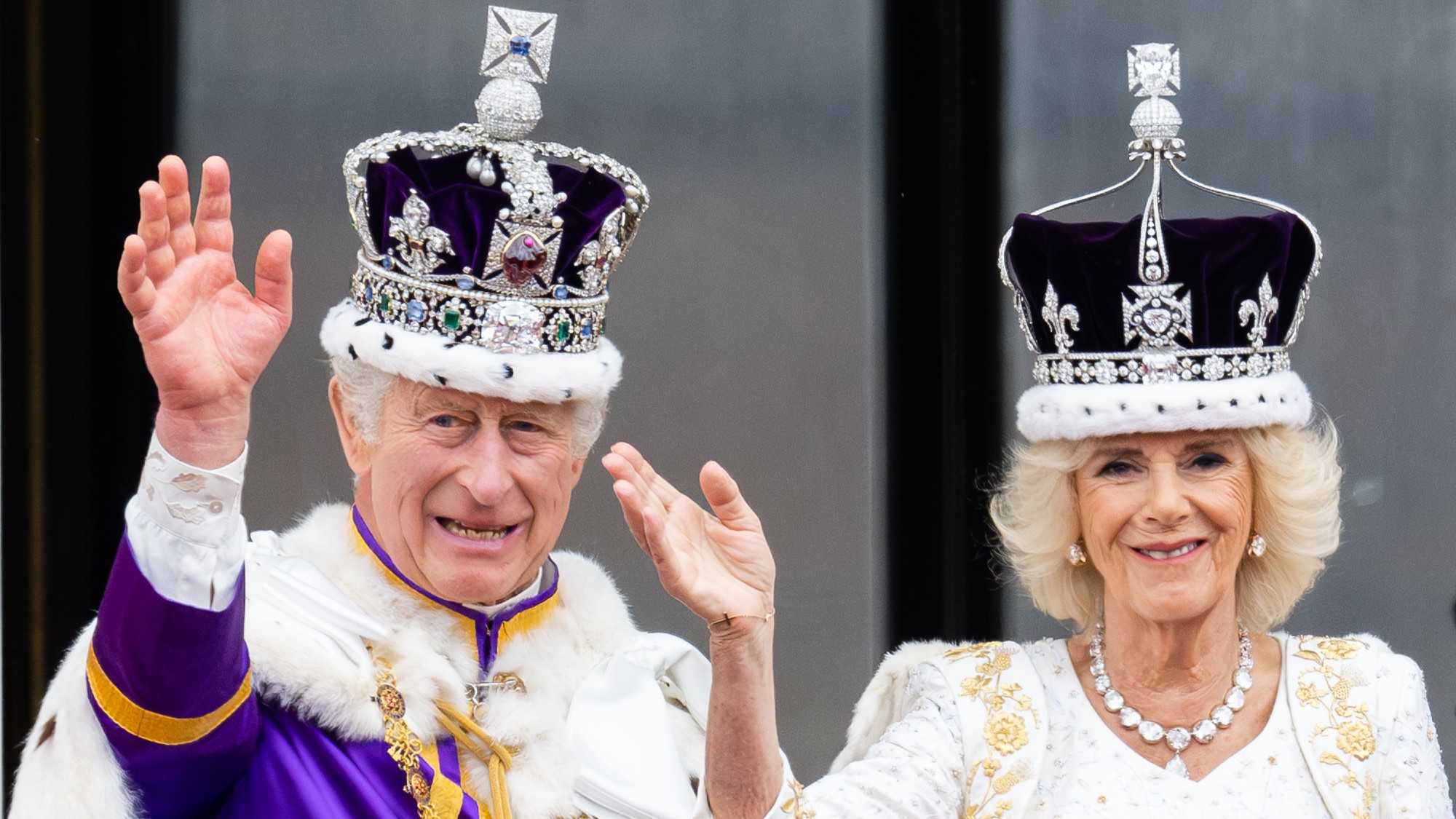 King Charles and the Sovereign Grant: how UK taxpayers fund the monarchy
King Charles and the Sovereign Grant: how UK taxpayers fund the monarchyThe Explainer Royals received £86.3m from government last year – and they are in line for a 50% increase
-
 Is Prince Harry owed protection?
Is Prince Harry owed protection?Talking Point The Duke of Sussex claims he has been singled out for 'unjustified and inferior treatment' over decision to withdraw round-the-clock security
-
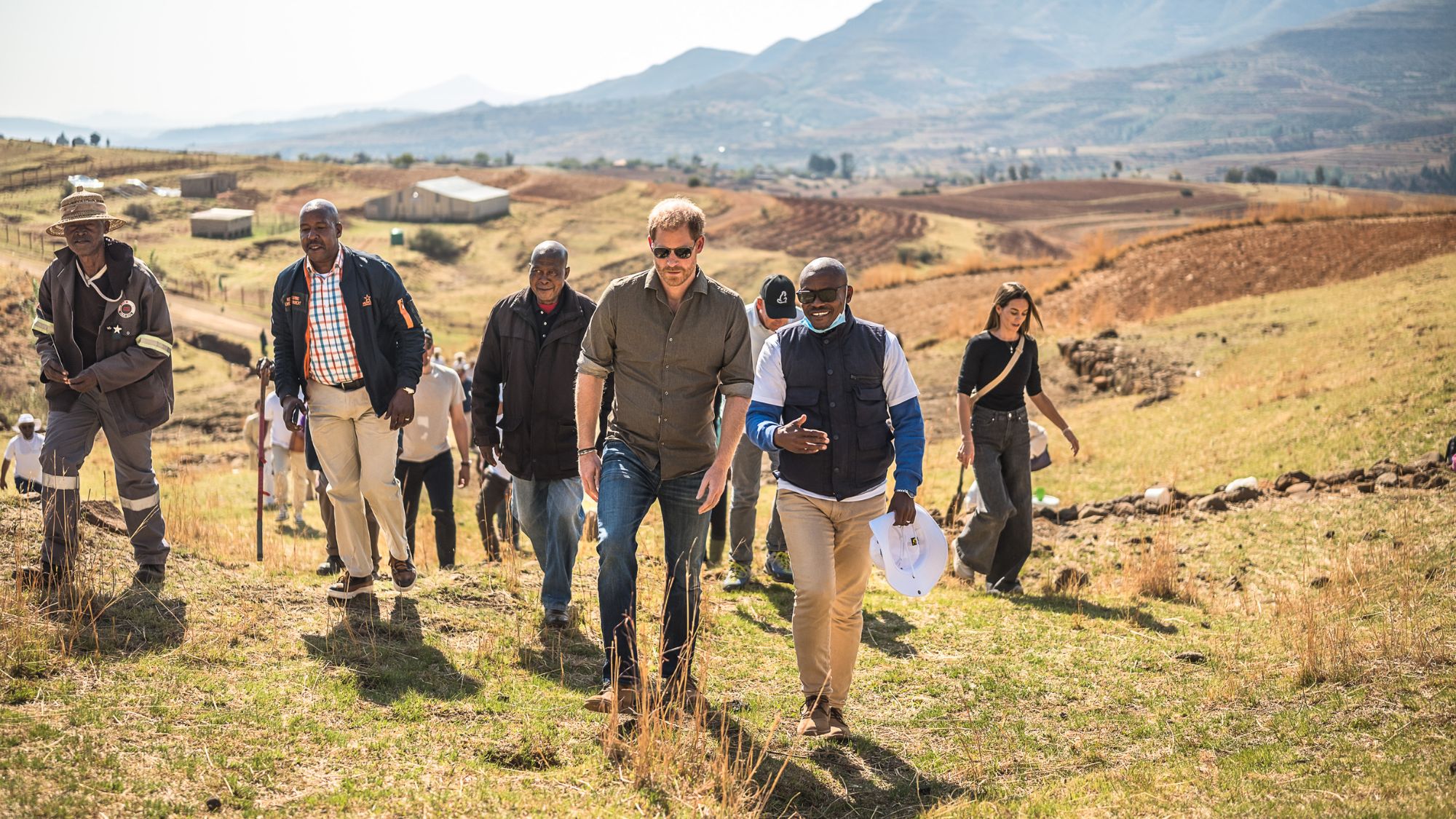 The Sentebale row: a blow for Prince Harry
The Sentebale row: a blow for Prince HarryTalking Point Duke of Sussex made 'devastating' decision to stand down as Aids charity's patron, following 'power struggle' between its trustees and new chair
-
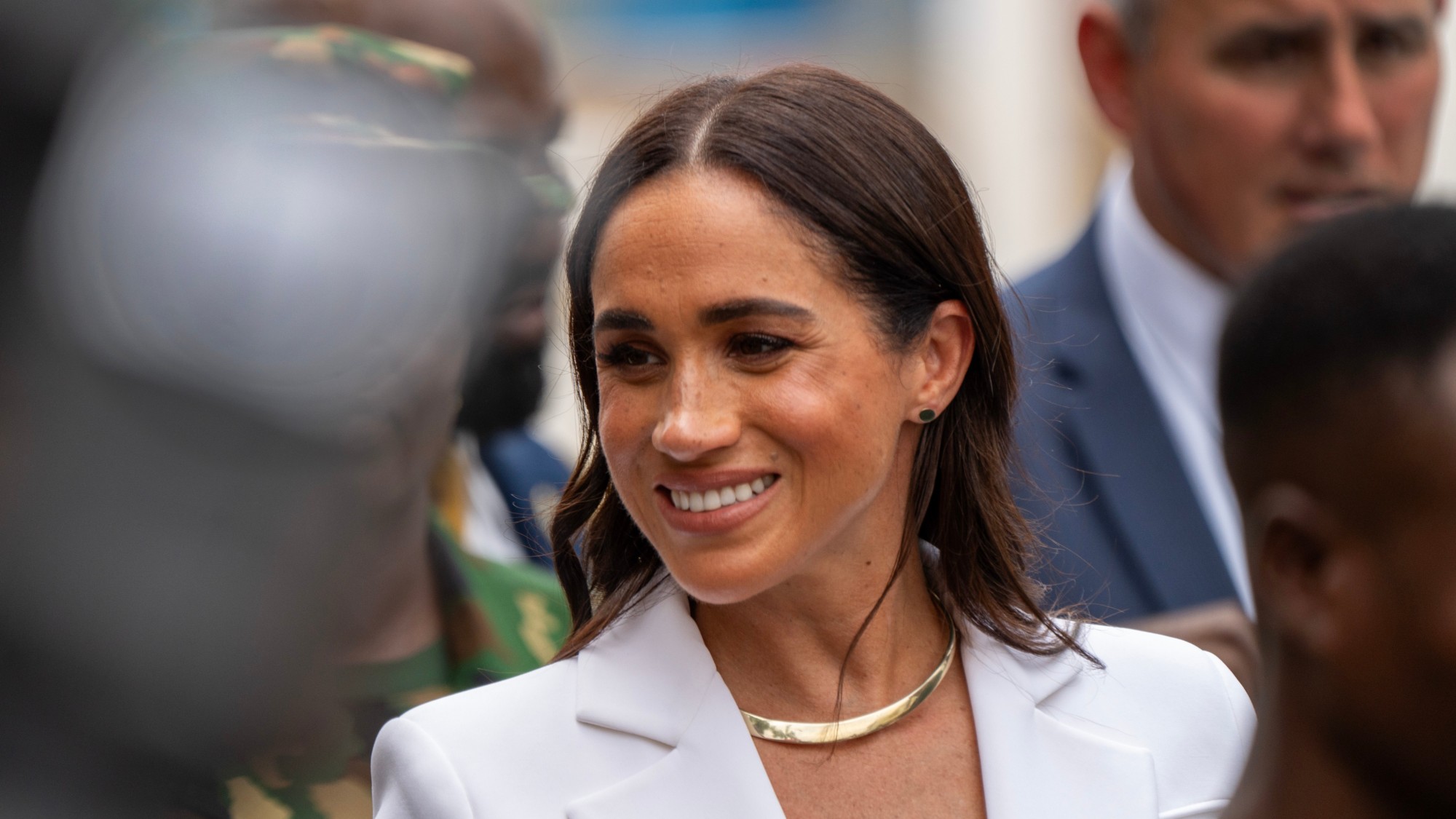 The princess and the PR: Meghan Markle's image problem
The princess and the PR: Meghan Markle's image problemTalking Point A tough week for the Sussexes has seen a familiar tale of vitriol and invective thrown the way of the actor-cum-duchess

